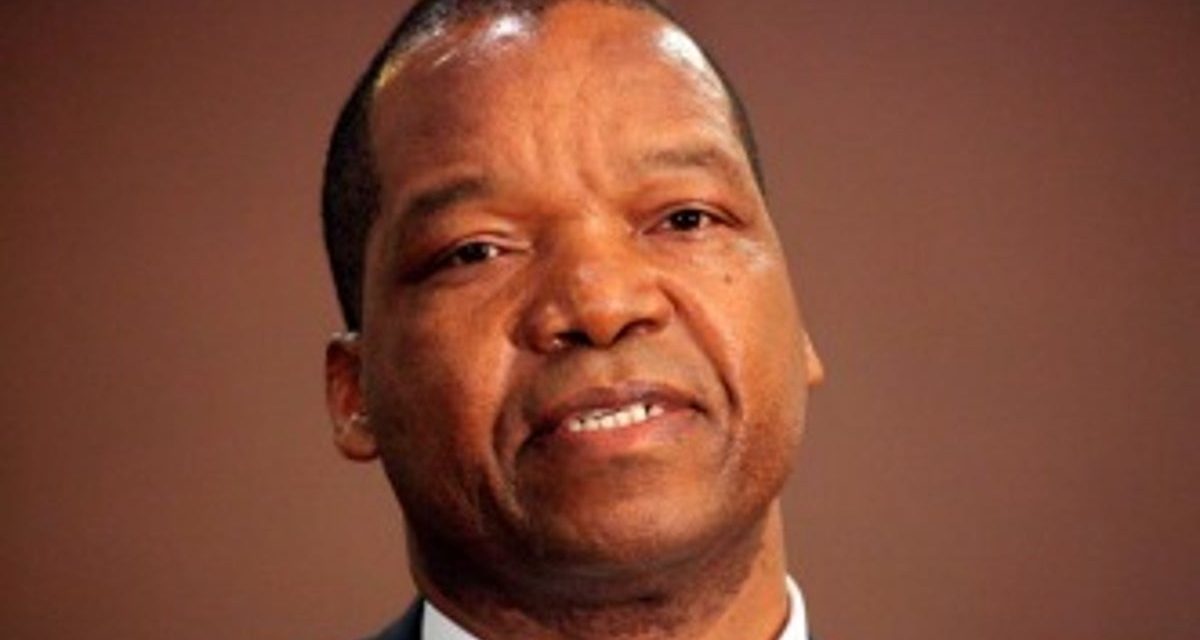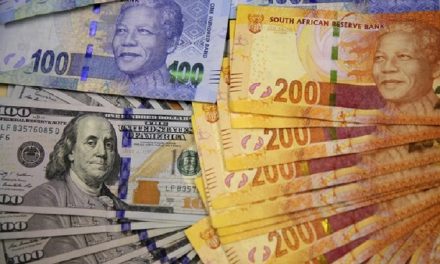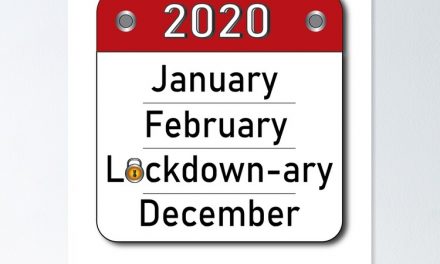After all efforts by the Reserve Bank of Zimbabwe to contain the parallel market the exchange rate for US dollars against the Zimbabwean dollar rose to new highs. Friday the highest publicly on offer was 90 Zimbabwean dollars for a single US dollar. Sporadic incidences of higher rates were available as well. All this after the Reserve Bank of Zimbabwe mostly through its financial intelligence unit took the fight to Ecocash and OneMoney agents, Ecocash itself, Steward Bank, Ecocash parent Cassava, Zimswitch’s ZIPIT and banks internal transfer platforms.

The latest parallel market rate quotes mean that over the last 30 days (from 12 May) the Zimbabwean dollar has lost 45% of its value on that market. Year to date the currency has shed a whopping 82% of its value. This project has by no stretch of the imagination failed to go to plan. Finance Minister Professor Mthuli Ncube insisted that the Zimbabwean dollar shall remain the main currency because 80% of the population do not have access to it. Perhaps his argument would be better based on the government’s inability to pay civil servants in US dollars, though at times Reserve Bank Governor has confessed Zimbabwe’s greater p[roblem is the allocation of foreign currency rather than a lack of it.
The only way is up
The Reserve Bank of Zimbabwe had a great idea in going after the parallel market conduits. However, they may have missed one little thing that many missed at that point. Anyone who remotely understands business will use demand and supply to explain the performance of the Zimbabwean dollar. When the RBZ and FIU made plans to go after these channels the thinking was to limit the supply of Zimbabwean dollars on the market and hence use supply and demand to arrest the exchange rate depreciation. However, having combined this with the move to allow people to transact in US dollars as lockdown started they achieved a stimulation of USD dollar demand. When the US dollar and other foreign currencies were banned it left the Zimbabwean dollar as the transactional currency. The other functions of money particularly store of value were filled by the US dollar. Without the need to transact in Zimbabwean dollars demand for the local unit reduced. The supply and demand thinking was correct but a small failure to identify what was being supplied and what was being demanded has taken us in the current direction. Now those with Zimbabwean dollars are more and more desperate for US dollars.
What’s next?
The RBZ through its Monetary Policy Committee has started talking about a liberalised exchange rate – again. This would be the third time for those who have been keeping count. The previous two occasions the apex bank has flattered to deceive. However, it seems the market is preparing for this scenario, a truly free exchange rate. The new $20 notes have just started circulating and it seems they have had little impact on the situation. For most of the year, the difference between the parallel market electronic transfer rate and the parallel market cash rate (Bond) has kept to 37%. The knock-on effect on inflation will be felt by Zimbabweans amid another crisis.








